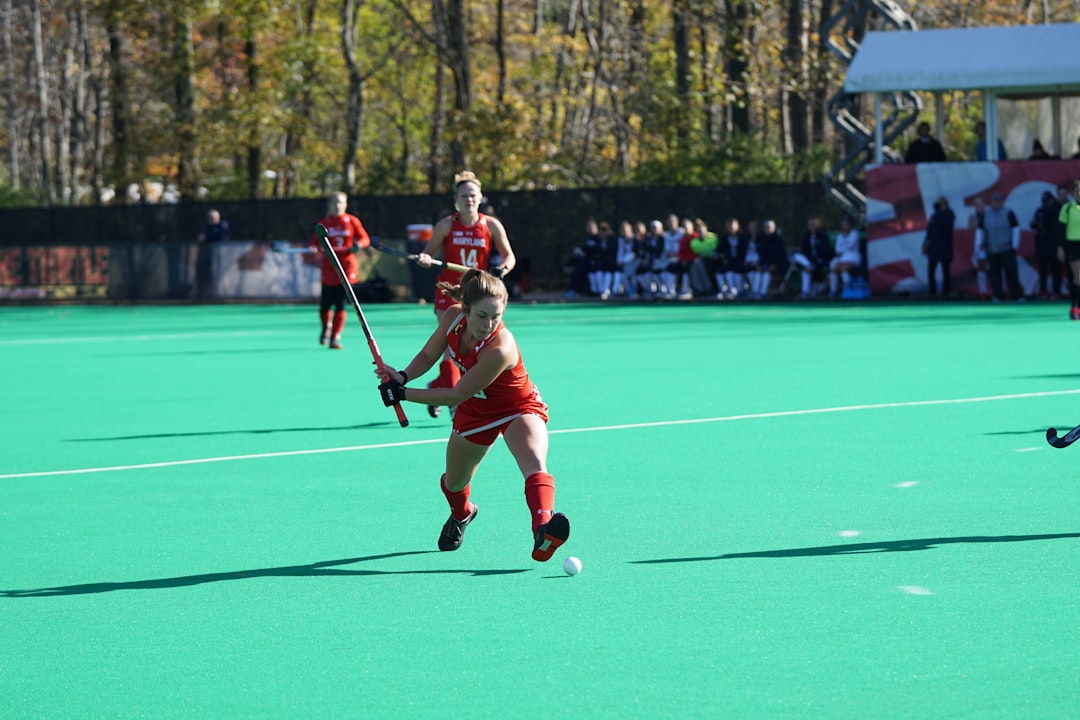What is it about?
In a democratic and free society, group expression and demonstration is a right and should not raise apprehension among either the crowd participant or those tasked with crowd management and public safety. Under the community policing paradigm, consultation and contingency planning can allow for contentious protests to be policed in a professional manner. Private security personnel are among those tasked with managing the crowd, who may be either protesting or celebrating. Those managing the crowd must be aware of the diversity and complexity of the individuals within that crowd. The attitudes found within crowds and the various psychological aspects of the individual, as well as the overall psychological dimensions of the crowd, are discussed in the context of public safety.
Featured Image
Why is it important?
The challenges associated with emerging democracies often mean that there are public protests and how the public reacts, and how those policing the protest react is also important to understand.
Read the Original
This page is a summary of: Crowd Management: Understanding Attitudes and Behaviors, Journal of Applied Security Research, July 2014, Taylor & Francis,
DOI: 10.1080/19361610.2014.913229.
You can read the full text:
Contributors
The following have contributed to this page










